To provide the best experiences, we use technologies like cookies to store and/or access device information. Consenting to these technologies will allow us to process data such as browsing behaviour or unique IDs on this site. Not consenting or withdrawing consent, may adversely affect certain features and functions.
The technical storage or access is strictly necessary for the legitimate purpose of enabling the use of a specific service explicitly requested by the subscriber or user, or for the sole purpose of carrying out the transmission of a communication over an electronic communications network.
The technical storage or access is necessary for the legitimate purpose of storing preferences that are not requested by the subscriber or user.
The technical storage or access that is used exclusively for statistical purposes.
The technical storage or access that is used exclusively for anonymous statistical purposes. Without a subpoena, voluntary compliance on the part of your Internet Service Provider, or additional records from a third party, information stored or retrieved for this purpose alone cannot usually be used to identify you.
The technical storage or access is required to create user profiles to send advertising, or to track the user on a website or across several websites for similar marketing purposes.
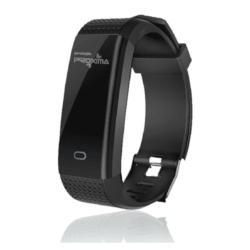 Prolojik remains at the forefront of harnessing the ubiquitous nature of lighting controls to contribute to the measurement and control of the COVID virus. Building on one of its latest innovations, Proxima allows organisations from commercial workplaces to schools and universities to empower people to manage their own risk and exposure to the COVID virus, through wearable technology in the form of a wristband or lanyard that connects wirelessly to Prolojik’s Proxima sensor network. (more…)
Prolojik remains at the forefront of harnessing the ubiquitous nature of lighting controls to contribute to the measurement and control of the COVID virus. Building on one of its latest innovations, Proxima allows organisations from commercial workplaces to schools and universities to empower people to manage their own risk and exposure to the COVID virus, through wearable technology in the form of a wristband or lanyard that connects wirelessly to Prolojik’s Proxima sensor network. (more…)




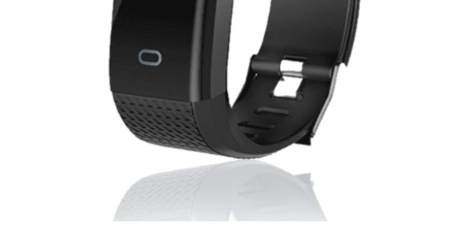
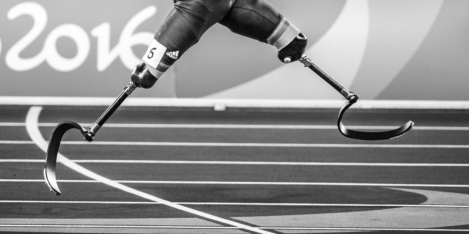
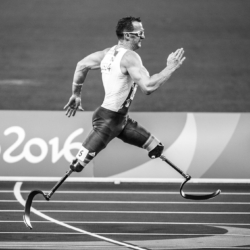


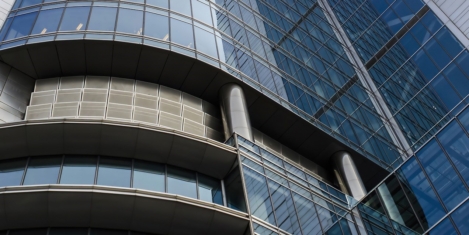
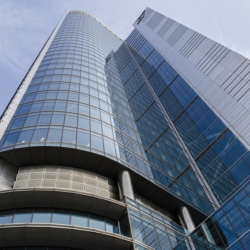


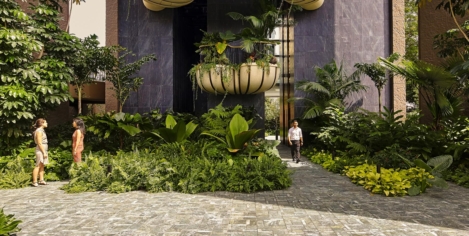
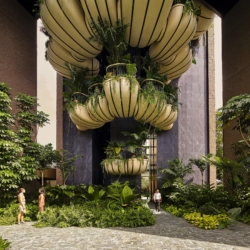


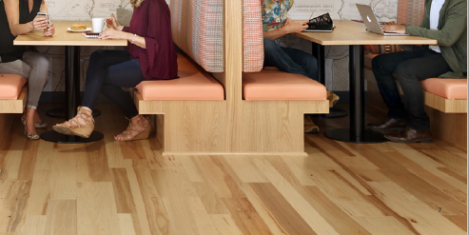
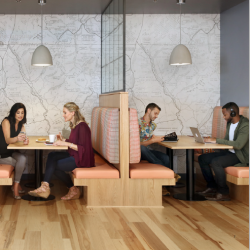
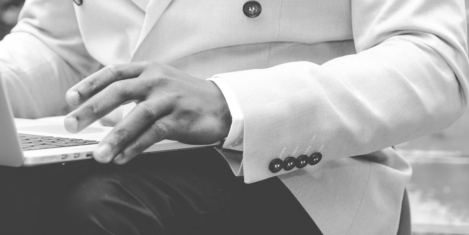
 High-status political figures and senior executives are only influential if their own ideologies are seen as mainstream and not too extreme, claims new research from business school
High-status political figures and senior executives are only influential if their own ideologies are seen as mainstream and not too extreme, claims new research from business school 
 As the UK is in the midst of the traditional ‘back to school’ period, many workplaces are debating over when to return to the office, and how. The sudden move to remote working during lockdown has proven that a new hybrid way of working is in fact possible for numerous organisations, but this has come at the expense of face to face communication and in person collaboration.
As the UK is in the midst of the traditional ‘back to school’ period, many workplaces are debating over when to return to the office, and how. The sudden move to remote working during lockdown has proven that a new hybrid way of working is in fact possible for numerous organisations, but this has come at the expense of face to face communication and in person collaboration. 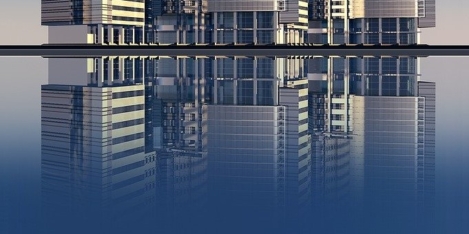
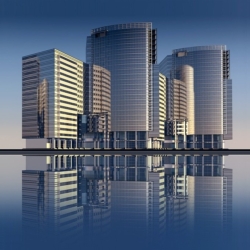 For middle-market and small businesses, the COVID-19 pandemic is highlighting the vital importance of investing in new technology, facilitating remote work, and maintaining the tech-savvy workforce needed to make it all happen, according to a survey conducted by The Harris Poll for
For middle-market and small businesses, the COVID-19 pandemic is highlighting the vital importance of investing in new technology, facilitating remote work, and maintaining the tech-savvy workforce needed to make it all happen, according to a survey conducted by The Harris Poll for 







September 18, 2020
When it comes to describing the new world of work, the Scandis have a name for it
by Fredrik Bergsten • Comment, Flexible working, Wellbeing, Workplace design